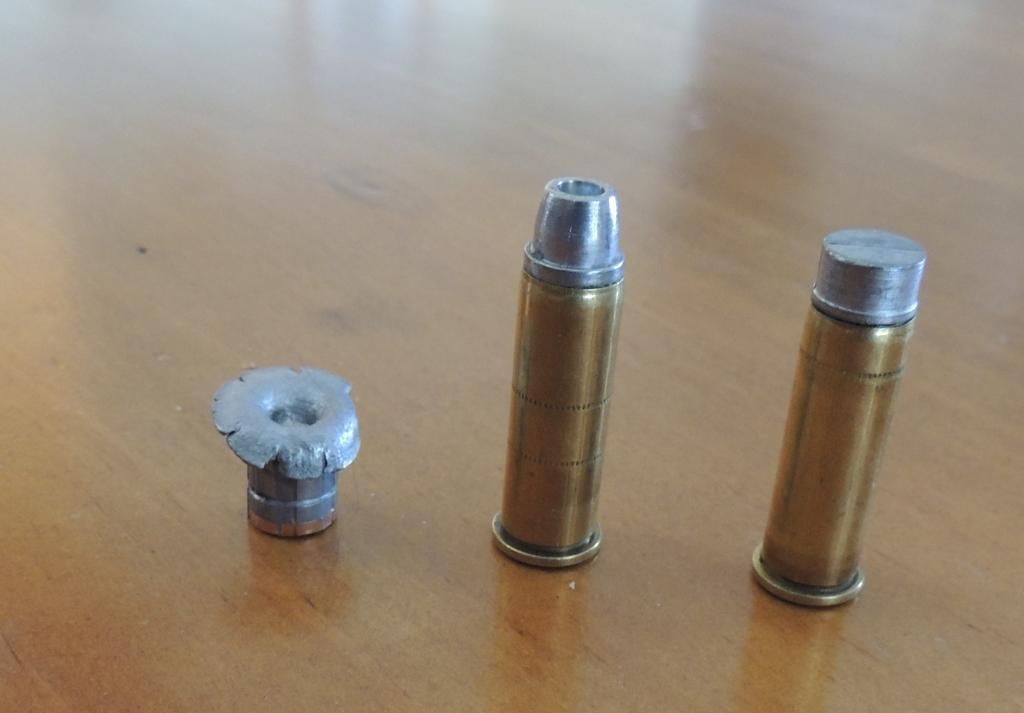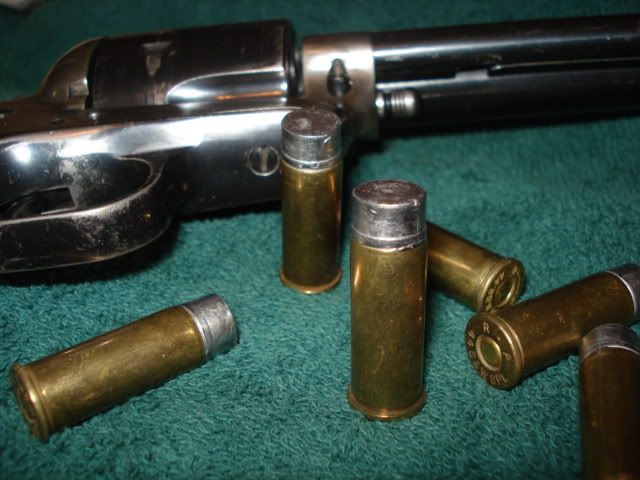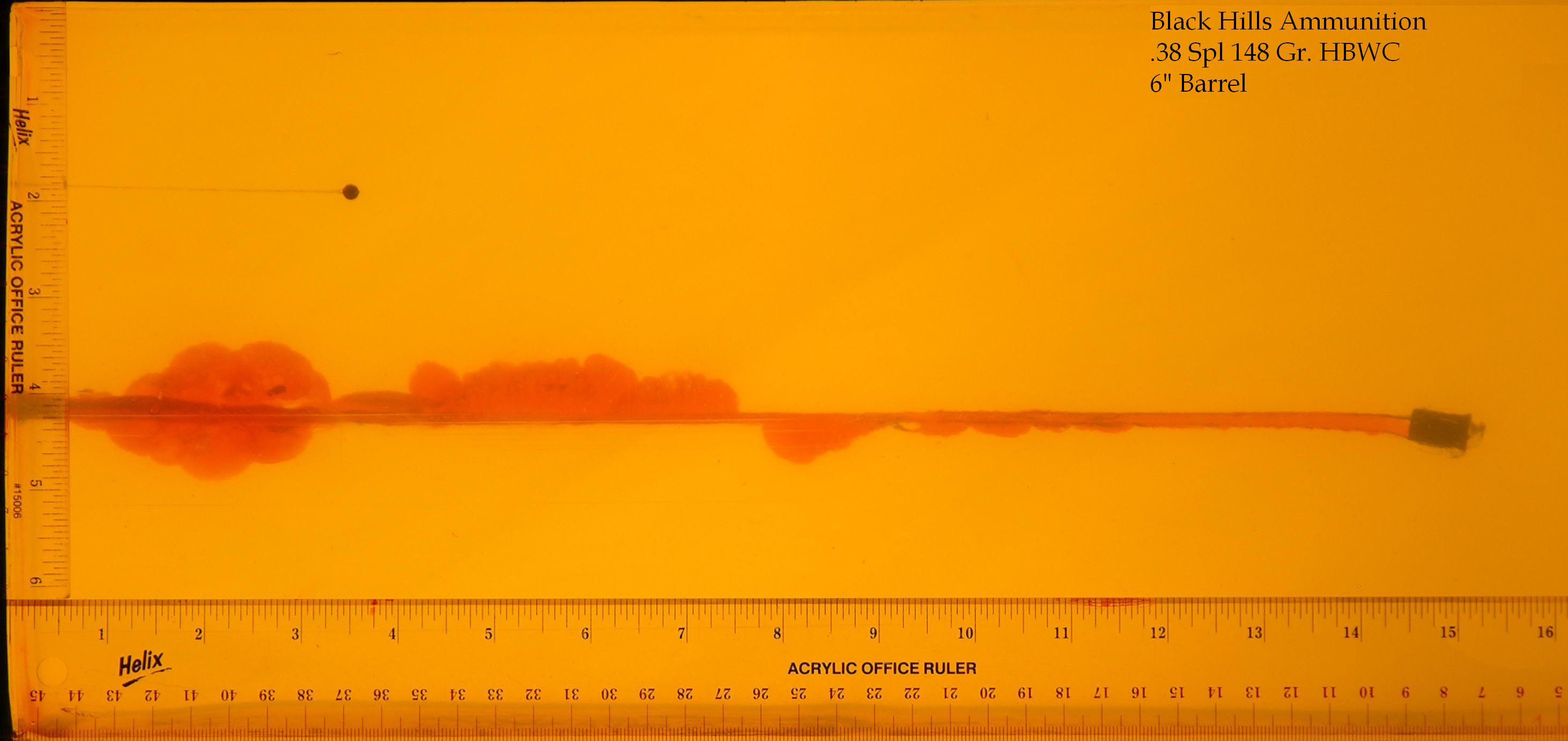Magnum Wheel Man
New member
I'm not sure if this has been discussed or beaten to death ???
but I'm thinking about loading cast lead bullets for practice with a lot of my revolvers, that I use to "just shoot" but which "could" be carried for self defense as well... on most snubbies, adjustable sights aren't an option, so I'd either need to adjust my handloads to shoot to point of aim the revolver is regulated to, & hope my factory self defense loads hit to the same point of aim...
To simplify, I could just carry my handloads... ( I've always been of the notion that one should carry factory loads, to eliminate any of the "load liability" in a shooting incident ) but, I do shoot my carry guns at "non targets" often, but usually at farm yard varmints ( seems a shame to waste those Gold Dots on a skunk or raccoon )... so, lately I have been questioning that, if I just happened to have my target shooting loads in the gun, if it were needed for self defense, I'd think they would have a hard time trying to prove I had some "super duper" killing load in the gun...
which brings me to the "spank" effect a wad cutter puts on a target, if the load is hot enough, to get the penetration needed, I'd think the "shock" of the wider meplat would be better than a round nose or flat point???
BTW... this would include calibers from 32 H&R ( in my J Frame ) through 44 Special in my 396...
thoughts or suggestions of any sources of info???
but I'm thinking about loading cast lead bullets for practice with a lot of my revolvers, that I use to "just shoot" but which "could" be carried for self defense as well... on most snubbies, adjustable sights aren't an option, so I'd either need to adjust my handloads to shoot to point of aim the revolver is regulated to, & hope my factory self defense loads hit to the same point of aim...
To simplify, I could just carry my handloads... ( I've always been of the notion that one should carry factory loads, to eliminate any of the "load liability" in a shooting incident ) but, I do shoot my carry guns at "non targets" often, but usually at farm yard varmints ( seems a shame to waste those Gold Dots on a skunk or raccoon )... so, lately I have been questioning that, if I just happened to have my target shooting loads in the gun, if it were needed for self defense, I'd think they would have a hard time trying to prove I had some "super duper" killing load in the gun...
which brings me to the "spank" effect a wad cutter puts on a target, if the load is hot enough, to get the penetration needed, I'd think the "shock" of the wider meplat would be better than a round nose or flat point???
BTW... this would include calibers from 32 H&R ( in my J Frame ) through 44 Special in my 396...
thoughts or suggestions of any sources of info???
Last edited:





